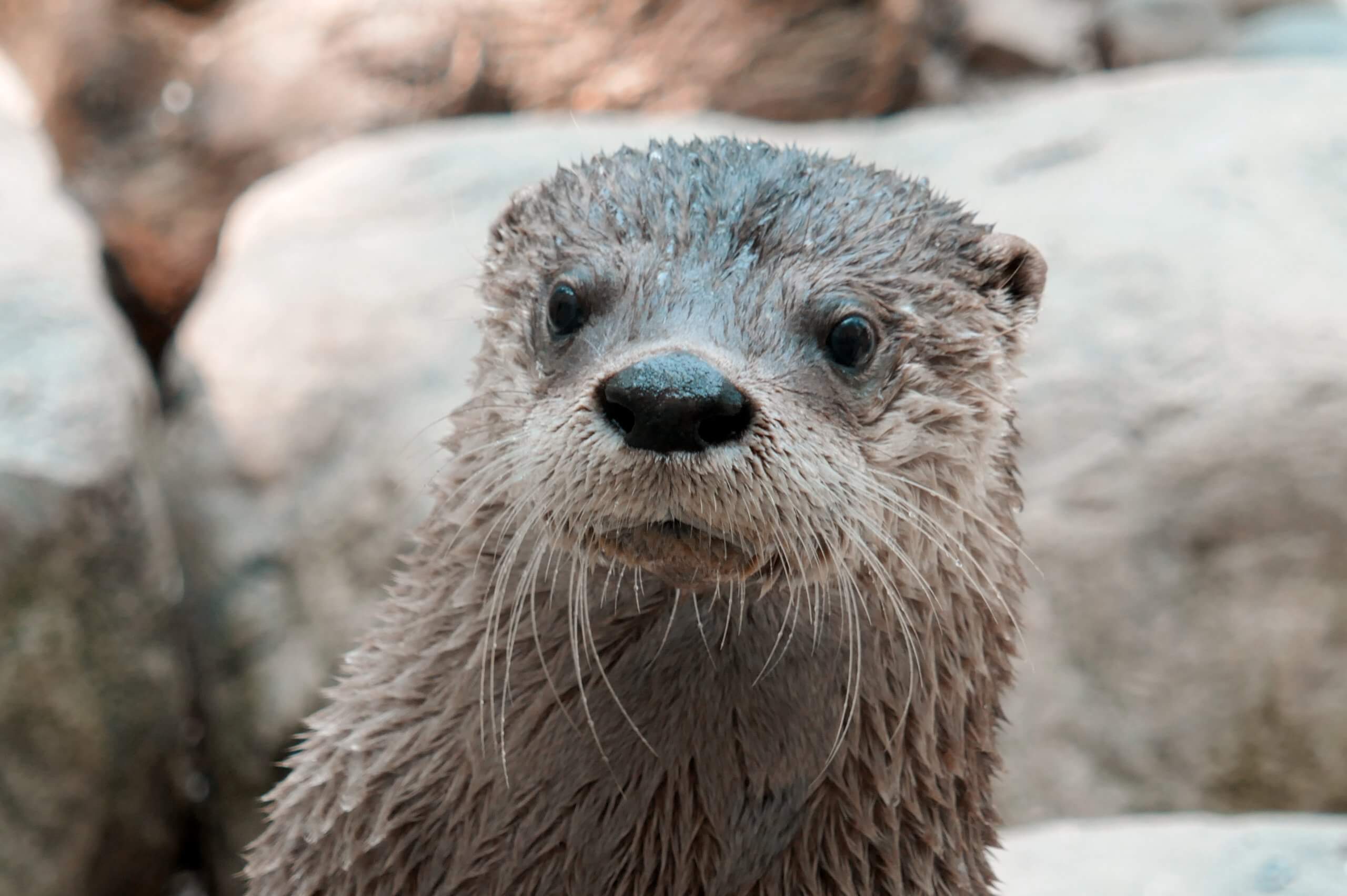MIDDLE TOWNSHIP – The Cape May County Zoo has more than 500 mouths to feed, and Amy King, a senior animal keeper, has the daunting task of preparing meals for most of them.
A typical day begins at 7 a.m. with morning rounds. King and her team of animal keepers are the first human faces that most of the zoo’s animals see each day. The team takes a lap at the zoo to feed each animal its morning diet, which varies widely by species.
“While we’re doing that we’re making sure everybody is alive, OK and where they belong,” she said. The zoo works with an outside consultant, an expert who does this with zoos around the nation, to adjust diets as animals’ needs change with age and injury.

Much of the food for the animals is sourced from Tony’s Produce in Villas, which makes shipments several times a week directly to the zoo, and Smeltzer & Sons Feed Supply in Court House. King prepares — which means cutting, slicing, pan-cooking — ready-to-go meals. She stores the meals in the “diet house,” where other keepers come to grab them as they are needed.
Monkeys, she said, have the most complicated diets at the zoo. The De Brazza’s monkeys are given small pieces of fruit that they can hold in their hands, which are similar to a human’s. The howler monkeys are given french-fry-shaped pieces of fruit and vegetables because their slender, less articulate fingers make small pieces tough to hold.
Every detail matters.
As she stood in the diet house, King flipped through the “diet bible,” a binder with pages that can be easily slotted in and out as diets change.


It’s a lot of work, but King’s schedule has been a tad lighter since the death of Luna, a red panda that lived to be 22 years, 9 months and 3 days of age. Luna was the oldest recorded member of her species when she died in March. In her final years, she required roughly two hours of specialty care — which included a modified diet — a day, which mostly fell on King.
“I miss her every day,” she said.
Today, King is especially close with the zoo’s two North American river otters, Ariel and Mork. She has been “obsessed” with members of the Mustelidae family, which includes animals like weasels, otters and ferrets, since she was a small child.
Ariel, a female, and Mork, a male, live together in their semiaquatic enclosure in something that mostly resembles harmony. But it wasn’t always this way. Ariel is a fresh face at the zoo. She arrived in February 2023 after one of Mork’s previous companions died of natural causes. Mork was skeptical of Ariel at first, hissing at her when she came near.


“But typically, female otters are dominant. She threw the attitude right back at Mork. She would chase Mork out of the enclosure and became dominant quickly,” King said.
Things have calmed down now that a pecking order has been established. Ariel and Mork, though they don’t engage in the most intimate of gestures like cuddling, are friendly with one another.

The otters are among the most intelligent animals at the zoo. They perform a wide variety of tricks and training behaviors, like getting into place for their vaccines or vocalizing, mouth open wide.
They don’t do these things reluctantly, King said.
“They seem to really enjoy the challenging enrichment. It works their brains. These guys seem to want to please their trainer. Not just for food, they want to do the exercises properly,” she said.
Despite her closeness with the otter pair, King never enters the enclosure when they are inside. Some zoos, she explained, are “free contact” with their otters. But not so on the Cape.
The playful otters are among the most popular animals at the zoo. Even on a slow winter day, flocks of people press up against the enclosure’s glass to get a glimpse of them.
Sometimes, King puts on a bit of a show for the guests, throwing lake-sourced smelt or capelin fish down the enclosure’s dark green slide for the otters to eagerly catch and eat.
“This really is like a dream come true for me,” King said. “It’s always a lot of fun.”
Contact the author, Collin Hall, at chall@cmcherald.com or call 609-886-8600, ext. 156








